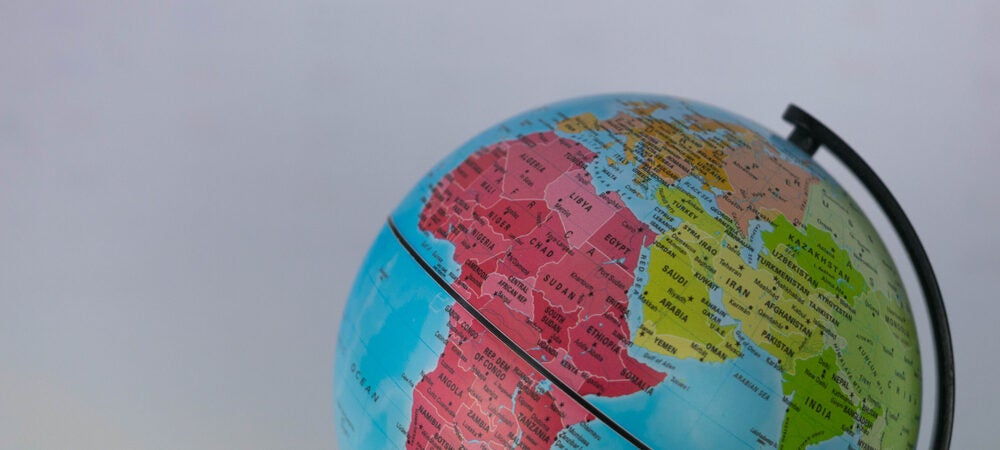Thank you very much, Chair Karen Bass, Ranking Member Christopher Smith, and distinguished members of the subcommittee, for your extraordinary leadership on U.S.-Africa relations. I am incredibly honored by and grateful for the opportunity offered to me by the members of this committee to testify on “Understanding the African Continental Free Trade Area and How the U.S. Can Promote its Success.” I am Landry Signé, Managing Director and Professor at the Thunderbird School of Global Management, Senior Fellow at the Brookings Institution’s Africa Growth Initiative, Distinguished Fellow at Stanford University’s Center for African Studies, and a member of the World Economic Forum’s Regional Action Group on Africa, and the World Economic Forum’s Global Future Council on Agile Governance.
The African Continental Free Trade Area (AfCFTA) was signed in March 2018, ratified by the required number of countries by May 2019, and came into force in January 2021.
The significance of the AfCFTA cannot be overstated. It is the world’s largest new free trade area since the establishment of the World Trade Organization (WTO) in 1994. It promises to increase intra-African trade through deeper levels of trade liberalization and enhanced regulatory harmonization and coordination. Moreover, it is expected to improve the competitiveness of African industry and enterprises through increased market access, the exploitation of economies of scale, and more effective resource allocation.
My research has shown that the AfCFTA—and its accompanying increased market access—can significantly grow manufacturing and industrial development, tourism, intra-African cooperation, economic transformation, and the relationship between Africa and the rest of the world. In fact, under a successfully implemented AfCFTA, Africa will have a combined consumer and business spending of $6.7 trillion by 2030 and $16.12 trillion by 2050, creating a unique opportunity for people and businesses —and meaning the region can be the next big market for American goods and services.
UNECA has predicted that by 2040 implementation of the AfCFTA will raise intra-African trade by 15 to 25 percent, or $50 billion to $70 billion. The World Bank estimates that the AfCFTA will lift 30 million people out of extreme poverty and substantially increase the income of 68 million people who are just slightly above the poverty line. The International Monetary Fund (IMF) similarly projects that, under the AfCFTA, Africa’s expanded and more efficient goods and labor markets will significantly increase the continent’s overall ranking on the Global Competitiveness Index.
Although there is a great momentum behind the agreement, its successful implementation is dependent on smart choices and thoughtful policy options. The United States can and should play an extraordinary role in promoting the AfCFTA’s success to increase intracontinental and global trade, as well as achieve mutual African and U.S. prosperity.
In this testimony, I will first briefly examine a few challenges to trade in Africa and their consequences for the continent’s development. Second, I will explain why the AfCFTA can constitute a solution to these challenges. Finally, I will discuss how smart U.S. foreign policy and assistance (both financial and technical) can promote its success in increasing intracontinental and global trade.
Landry-Signe-Testimony-April-27-2022To read the full testimony from Brookings, please click here.

